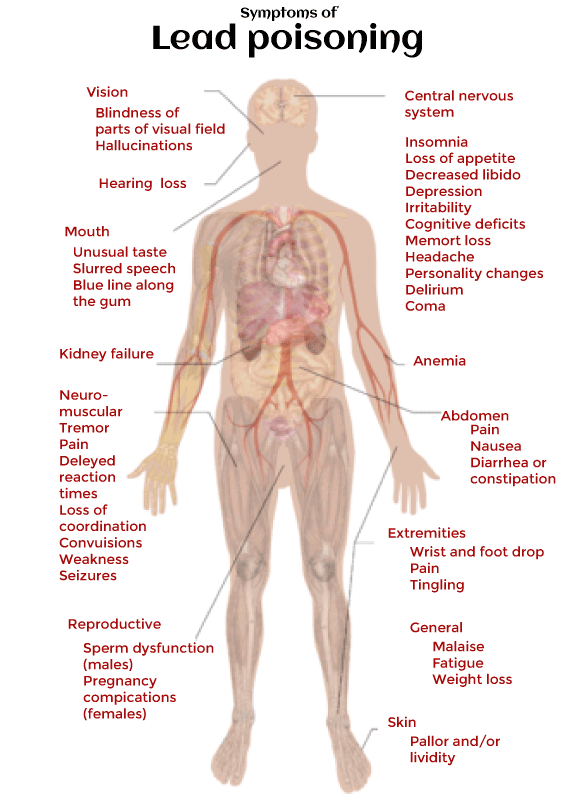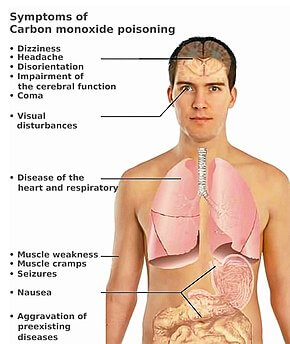Poison DefinitionAny material that, whether consumed, breathed in, injected into the body, or absorbed via the skin, can result in serious organ damage or death. Water and the majority of vitamins, among other commonly consumed substances, can be toxic if consumed in excess. Anything that is damaging to your body is poison. It can be ingested, inhaled, injected, or absorbed via the skin. Taken in excess, every substance can be toxic. Poisons can consist of:
Poisoning can result in anything from a brief illness to death, brain damage, and coma. It's crucial to use and store items exactly how their instructions instruct in order to avoid poisoning. Keep hazardous items out of reach of children. Depending on the toxin, different treatments are required. Chemicals that are poisonous have a negative impact on life. The phrase is frequently defined specifically and is used in a variety of scientific disciplines and industries. Additionally, it might be used in a colloquial or figurative manner. Depending on the quantity, the situation, and the presence of living beings, a substance's status as a poison may alter. If the cause of poisoning can be found, there may be measures to lessen or neutralise its effects. Poisoning can be unintentional or intentional. In biology, a poison is a chemical substance that kills, maims, or harms living things or a portion of living things. Poisons are a type of toxin used in medicine that is administered passively rather than actively. Poison can have a positive or negative connotation in the workplace. A positive connotation would be an agent that limits unwelcome pests. In ecological terms poisons introduced into the environment can later cause unwanted effects in the parts of the food chain, which is a negative effect. 
Acute Poisoning:Acute poisoning is the result of being exposed to poison just once or for a brief amount of time. In addition, despite the fact that many commonly used household drugs might result in serious sickness or even death, they are not marked with a skull and crossbones. As in the case of water intoxication, excessive consumption of generally safe chemicals might result in poisoning. In acute poisoning, agents that affect the nervous system can paralyse a person in a matter of seconds, and they include both naturally occurring neurotoxins and synthetic "nerve gases" that may be produced for use in warfare. Similarly, cyanide also causes acute poisoning. It depletes the body of energy almost immediately by inhibiting the enzymes that generate ATP in the mitochondria when it is inhaled or swallowed, used as a lethal injection in gas chambers, or utilised as a suicide method. The heart is quickly stopped by an intravenous injection of an artificially high dose of potassium chloride by removing the cell potential required for muscle contraction, as is done in some parts of the United States during the execution of convicts. Most biocides, including pesticides, are created to act as acute poising to target organisms although acute or less observable chronic poisoning can also occur in non-target organisms; Including humans who apply the biocides and other beneficial organisms. For example, 2,4-D imitates the action of a plant hormone, which makes its lethal toxicity specific to plants. Indeed 2,4-D is not a poison but classified as harmful. Two common cases of acute poisoning are Theobromine poisoning in dogs and cats and mushroom poisoning in humans. Although dogs and cats are not inherently herbivores, a chemical defence created by Theobroma cacao can be accidentally lethal to them. Due to the widespread consumption of edible fungi by omnivores like humans, many fungi have evolved to become distinctly inedible, in this case as a direct defence. Chronic Poisoning:Chronic poisoning is the result of long-term exposure to a poison, repeated exposures, or continuous exposure to a toxin where symptoms do not appear right away or right after each exposure. The condition manifests gradually or after a protracted latent period. The most frequent cause of chronic poisoning is exposure to poisons like mercury, gadolinium, and lead that bioaccumulate or those that are biomagnified like mercury, gadolinium. 
Decontamination:Decontamination is a process of removing toxic substances from a person's body, in other words, decontamination is also referred to as treatment. Gastric decontamination may be used as part of a poisoning treatment plan to lessen absorption. Activated charcoal, gastric lavage, whole bowel irrigation, or nasogastric aspiration are all options for gastric decontamination. It is no longer advised to regularly take laxatives, cathartics, or emetics (such as Ipecac syrup). The preferred method of treatment to stop toxin absorption is activated charcoal. It is typically given by a qualified emergency healthcare professional, such as a paramedic or EMT, while the patient is in the emergency room. However, charcoal is useless against corrosive substances like acids and alkalis as well as metals like sodium, potassium, and lithium as well as alcohols and glycols. It was hypothesised that cathartics would increase the discharge of the toxin from the gastrointestinal tract, hence reducing absorption. Saline cathartics (sodium sulfate, magnesium citrate, magnesium sulphate) and saccharide cathartics (sorbitol) are the two forms of cathartics used in poisoned patients. They are no longer advised because they don't seem to improve patient outcomes. Since vomiting is ineffectual at eliminating toxins, emesis (i.e., that caused by ipecac) is no longer advised in cases of poisoning. Inserting a tube into the stomach and then forcing water or saline through the tube is known as gastric lavage, also referred to as a stomach pump. The stomach's contents and liquid are then taken out. Patients who have been poisoned are frequently treated with lavage. A recent analysis of the method in poisonings, however, indicates no advantage. Nasogastric aspiration is inserting a tube through the nose into the stomach, which is subsequently suctioned to remove the contents. For liquid ingestions when activated charcoal is ineffective, as in ethylene glycol poisoning, this technique is mostly used. The bowels are cleaned via whole-bowel irrigation. Large doses of a polyethylene glycol solution are administered to the patient to accomplish this. The osmotically balanced polyethylene glycol solution has the effect of flushing out the entire gastrointestinal system since it is not absorbed by the body. Its main applications include the treatment of sustained drug ingestion, the elimination of ingested drug packets used in body packing and drug smuggling, and the treatment of poisons not absorbed by activated charcoal (such as iron and lithium). Uses:
Next TopicAsexual Reproduction Definition
|
 For Videos Join Our Youtube Channel: Join Now
For Videos Join Our Youtube Channel: Join Now
Feedback
- Send your Feedback to [email protected]
Help Others, Please Share









